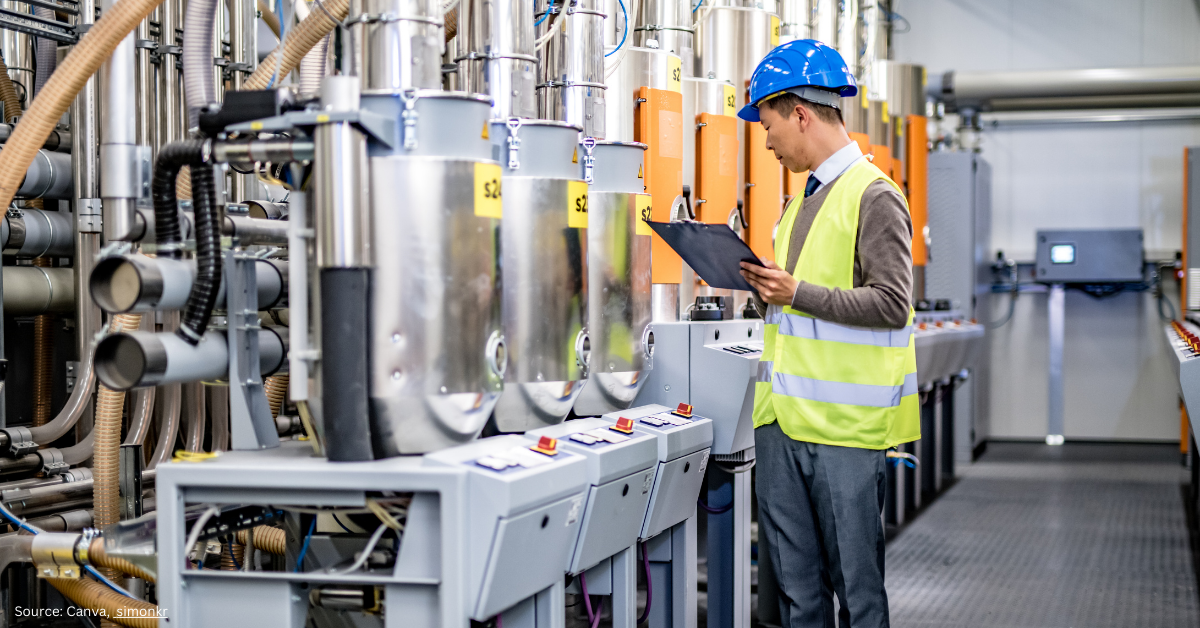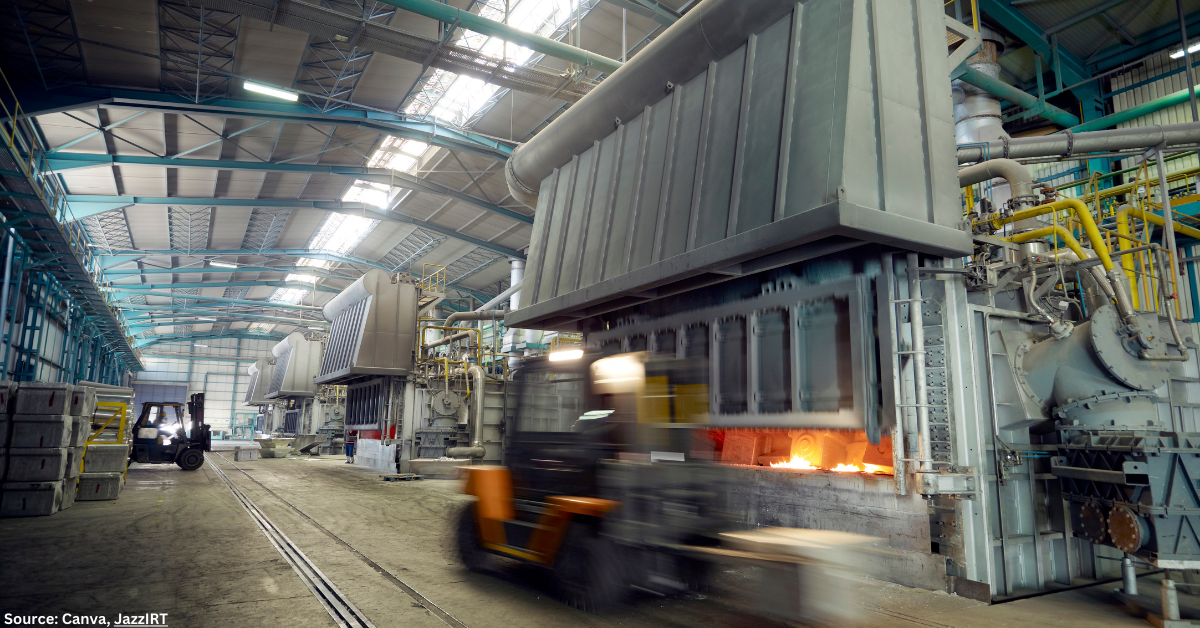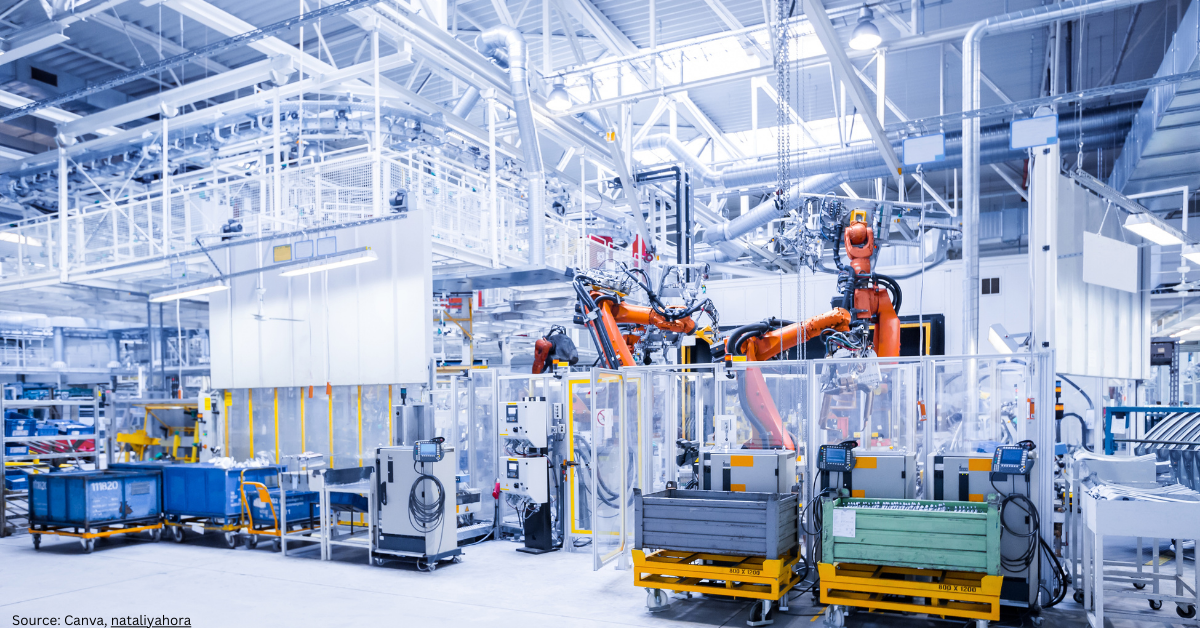The future of supply chain holds a place for a permanent hybrid work model for its frontline workers, a new Gartner study has found.
Research and advisory firm Gartner, Inc. unveiled in its latest survey that 61 per cent of supply chain leaders expect a transformation towards a permanent hybrid work model for employees, even at the frontline.
Suzie Petrusic, director of research with the Gartner Supply Chain practice, said that this shift will be marked by an increase in employee expectations.
“In an environment of talent and labour shortage, supply chain leaders anticipate employee expectations to become more demanding and feel that they must prepare to meet those expectations – or lose to competitors that do,” Petrusic said.
She continued that 57 per cent of respondents believe that those intensified employee expectations will also increase the costs of attracting, hiring and retaining talent.
To remain competitive, leaders must transform their organisation from a location-centric to a human-centric design through three strategic changes.
Provide flexible work experiences
Traditionally, operational and frontline staff in the supply chain are required to be physically present to perform their tasks.
With the COVID-19 pandemic accelerating remote work, this is no longer the case. The ability to provide flexible work experiences is now a key factor for winning the talent competition of the future.
“[Supply chain leaders] can invest in technology to reduce their reliance on humans for frontline operational execution, where work is most inflexible, and they can find ways to increase frontline worker flexibility,” Petrusic said.
While only a small number of respondents are taking the technology route, she said that 56 per cent are investing to design work primarily for flexibility.
This means that the supply chain future will be characterised by flexible workplaces and work schedules, such as part-time shifts and employees having the ability to schedule and trade their own shifts.
Enable Intentional Collaboration
A key driver for a human-centric model in the supply chain is enabling intentional collaboration.
Gartner revealed that 62% of leaders are currently investing in providing policy and communication tools for seamless in-person and remote work relationships.
Thus, supply chain organisations must be prepared for agile workspaces, collaboration between remote and in-person employees, and collaboration-based training and upskilling programs.
Use Empathy-Based Management
The human-centric model demands that supply chain leaders and managers be accountable for diversity, equity and inclusion (DEI) and employee well-being, including protection against discrimination.
The survey found that about three-quarters of respondents are investing to enforce equitable employment practices and provide employees with meaningful, purpose-driven initiatives in their work.
“With shifting employment models already being explored, supply chain leaders will want to ensure they can drive empathy for these nontraditional employees,” Petrusic said.
Leaders will then need the proper organisational structure, including focused leadership roles, such as directors of remote work or robotics.
Source: Gartner






























































Follow us on social media